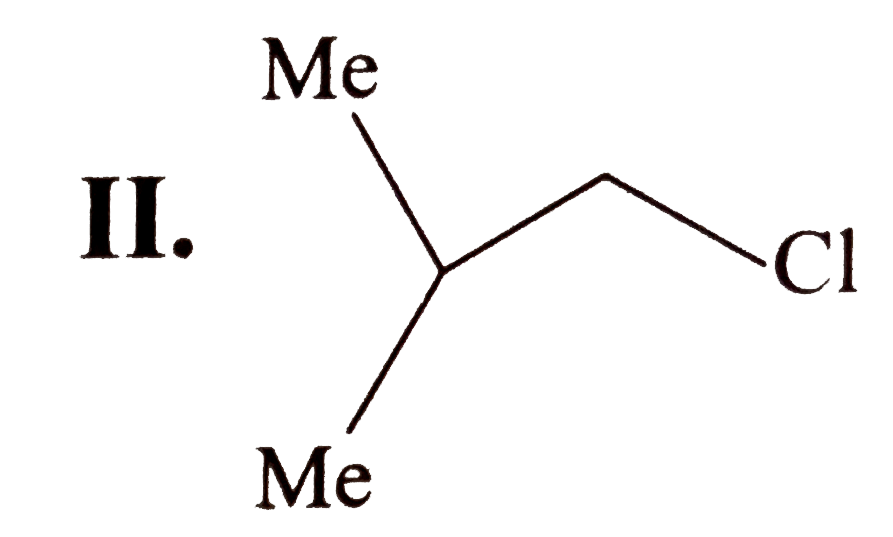Give the characteristic coordination number of each of the following central metal ions .
(a) Cu(I)
(b)Cu(II)
(c ) CO(III)
(d) AI(III)
(e) Zn(II)
(f) Fe(II)
(g) Fe(III)
(h) Ag(I) .
To determine the characteristic coordination number of each given central metal ion, we will analyze each metal ion and its common coordination numbers based on their oxidation states and typical complex formations.
1. Cu(I):
- Copper in the +1 oxidation state typically forms complexes with a coordination number of 2.
2. Cu(II):
- Copper in the +2 oxidation state usually has a coordination number of 4.
3. Co(III):
- Cobalt in the +3 oxidation state commonly exhibits a coordination number of 6.
4. Al(III):
- Aluminum in the +3 oxidation state generally has a coordination number of 6, but it can also exhibit a coordination number of 4 in some complexes.
5. Zn(II):
- Zinc in the +2 oxidation state typically has a coordination number of 4.
6. Fe(II):
- Iron in the +2 oxidation state usually has a coordination number of 6.
7. Fe(III):
- Iron in the +3 oxidation state generally has a coordination number of 6.
8. Ag(I):
- Silver in the +1 oxidation state typically exhibits a coordination number of 2.
Summary of Coordination Numbers:
- (a) Cu(I) - 2
- (b) Cu(II) - 4
- (c) Co(III) - 6
- (d) Al(III) - 6 (or 4 in some cases)
- (e) Zn(II) - 4
- (f) Fe(II) - 6
- (g) Fe(III) - 6
- (h) Ag(I) - 2
- Copper in the +1 oxidation state typically forms complexes with a coordination number of 2.
2. Cu(II):
- Copper in the +2 oxidation state usually has a coordination number of 4.
- Cobalt in the +3 oxidation state commonly exhibits a coordination number of 6.
- Aluminum in the +3 oxidation state generally has a coordination number of 6, but it can also exhibit a coordination number of 4 in some complexes.
- Zinc in the +2 oxidation state typically has a coordination number of 4.
- Iron in the +2 oxidation state usually has a coordination number of 6.
- Iron in the +3 oxidation state generally has a coordination number of 6.
- Silver in the +1 oxidation state typically exhibits a coordination number of 2.
- (a) Cu(I) - 2
- (b) Cu(II) - 4
- (c) Co(III) - 6
- (d) Al(III) - 6 (or 4 in some cases)
- (e) Zn(II) - 4
- (f) Fe(II) - 6
- (g) Fe(III) - 6
- (h) Ag(I) - 2
Topper's Solved these Questions
- COORDINATION COMPOUNDSBOOK - CENGAGE CHEMISTRY ENGLISHCHAPTER - COORDINATION COMPOUNDSEXERCISE - Ex 7.1 Subjective (Effective Atomic Number (Ean))
3 Videos
- COORDINATION COMPOUNDSBOOK - CENGAGE CHEMISTRY ENGLISHCHAPTER - COORDINATION COMPOUNDSEXERCISE - Ex 7.1 Subjective (Conductance In Coordination Compounds)
2 Videos
- COORDINATION COMPOUNDSBOOK - CENGAGE CHEMISTRY ENGLISHCHAPTER - COORDINATION COMPOUNDSEXERCISE - Solved Examples
42 Videos
- CHEMICAL KINETICSBOOK - CENGAGE CHEMISTRY ENGLISHCHAPTER - CHEMICAL KINETICSEXERCISE - Archives Subjective
23 Videos
- D AND F BLOCK ELEMENTSBOOK - CENGAGE CHEMISTRY ENGLISHCHAPTER - D AND F BLOCK ELEMENTSEXERCISE - Archives Subjective
29 Videos
Similar Questions
Fe can displace which of the following ions from their aqueous solutions?
(a) Na+ (b) Zn2+ (c) Cu2+ (d) Ag+
View SolutionWhich of the following is/are not carrectly mathched pairs ?

(a) (ii) and (iii)
(b) (i) and (iv)
(c) (v) only
(d) (ii) only
View SolutionGive the decreasing order of covalent character of the following compounds.
a. I. GeCl2 II. GeCl4 III. SnCl2 IV. SnCl4
V. PbCl2 VI. PbCl4
b. I. CH4 II. NH3 III. H2O IV. HF
c. I. HF II. HCl III. HBr IV. HI
d. I. AgI II. NaI III. CuI IV. NaCl
View SolutionIndicate the oxidation state of the central metal ion in each of the following complex
(a) [Cu(NH3)4]2+
(b) [Cu(Br4)]2−
(c ) [Cu(CN)2]Θ
(d) [Cu(NH3)4CO3]⊕
(e) [PtCI4]2−
(f) [Co(NH3)2(NO2)4]Θ
(g) Fe(CO)5)
(h) [ZnCI4]2−
(i) [Fe(en)3]2+ .
View SolutionFind the total spin and spin magnetic moment of following ion.
(i) Fe+3 (ii) Cu+
View SolutionWhich represents correct difference when non-volatile solute is present in an ideal solution?

(a)I, II, III
(b)I, III
(c)II, III
(d)I, II
View SolutionThe oxidation state of copper changes when aqueous copper (II) ions react with:
(I)NaOH(aq) (II)Fe(s) (III)KI(aq)
View SolutionThe oxidation state of copper changes when aqueous copper (II) ions react with:
(I)NaOH(aq) (II)Fe(s) (III)KI(aq)
View SolutionPredict the order of reactivity of following compounds in dehydrohalogenation.
a. I. II.
II. 
III. IV.
IV. 
V.
b. I. II.
II. 
III. IV.
IV. 
View Solution(1) Consider the following cases-

The nature of flow of energy in case (I) is same as that in-
(A) II , (B) III , (C ) IIandIII , (D) None
View Solution
